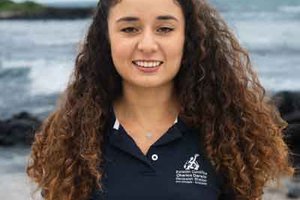Lecocarpus lecocarpoides: From Near Local Extinction to New Beginnings on Española Island
In November 2020, I joined the Galapagos Verde 2050 (GV2050) team during an exciting time. The team had just returned from an expedition to Punta Manzanillo on Española Island, where they had rediscovered a small population of Lecocarpus lecocarpoides, a species thought to be locally extinct. With 50 precious seeds collected, I was given a mission: to use these seeds to help recover the only population of this endangered species on the island.
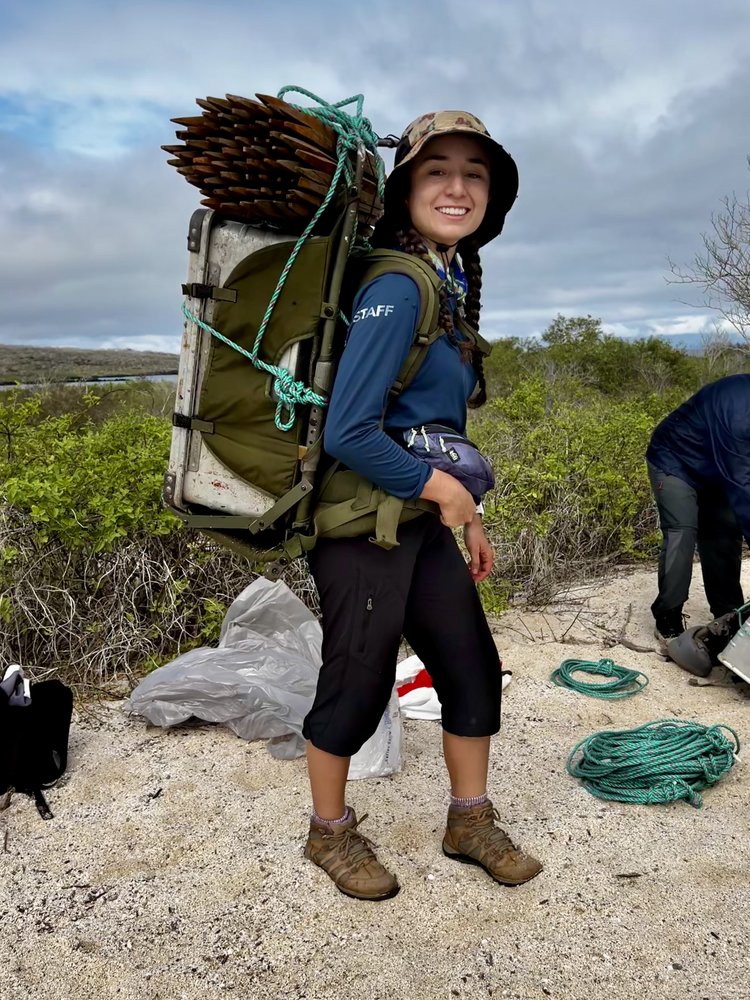
Working with an endangered species is a very rewarding experience. Success can mean saving an entire species, but failure can lead to irreversible loss. This is the pressure I felt when planting the few seeds of Lecocarpus lecocarpoides in our laboratory at the Charles Darwin Research Station. Despite using the best available knowledge, I had nightmares about the seeds not germinating and the population being lost. When the first seedlings finally emerged, we could not help but celebrate with a dance!
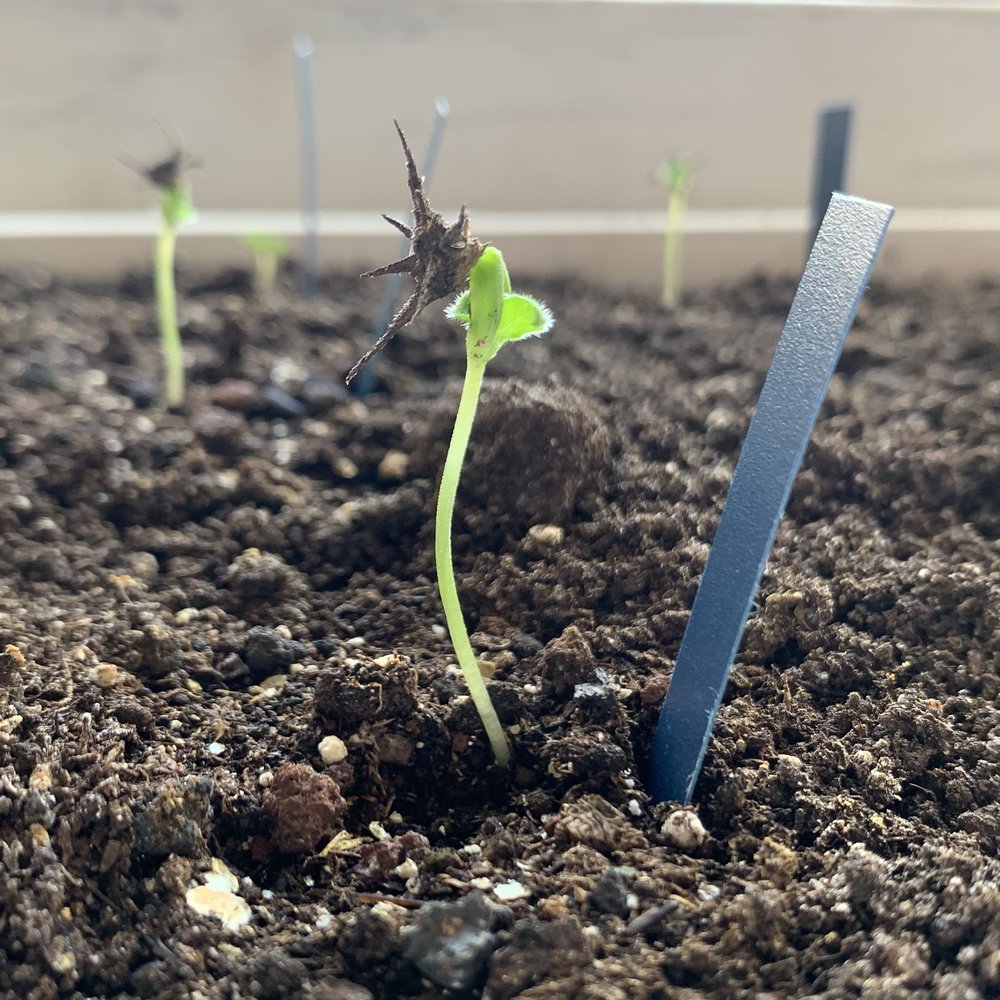

With 30 new seedlings, we could increase the population on Española! But this wasn't enough. We knew that having these rare seedlings in our laboratory was a unique opportunity. We decided to study everything we could about them and to nurture them to become seed producers. Our efforts paid off! After two years and the help of many dedicated volunteers, we harvested over 6000 seeds, repatriated 19 adult plants to Española, and wrote a scientific article to share our findings (Calle-Loor, A. & Jaramillo, P. in press. 2024).

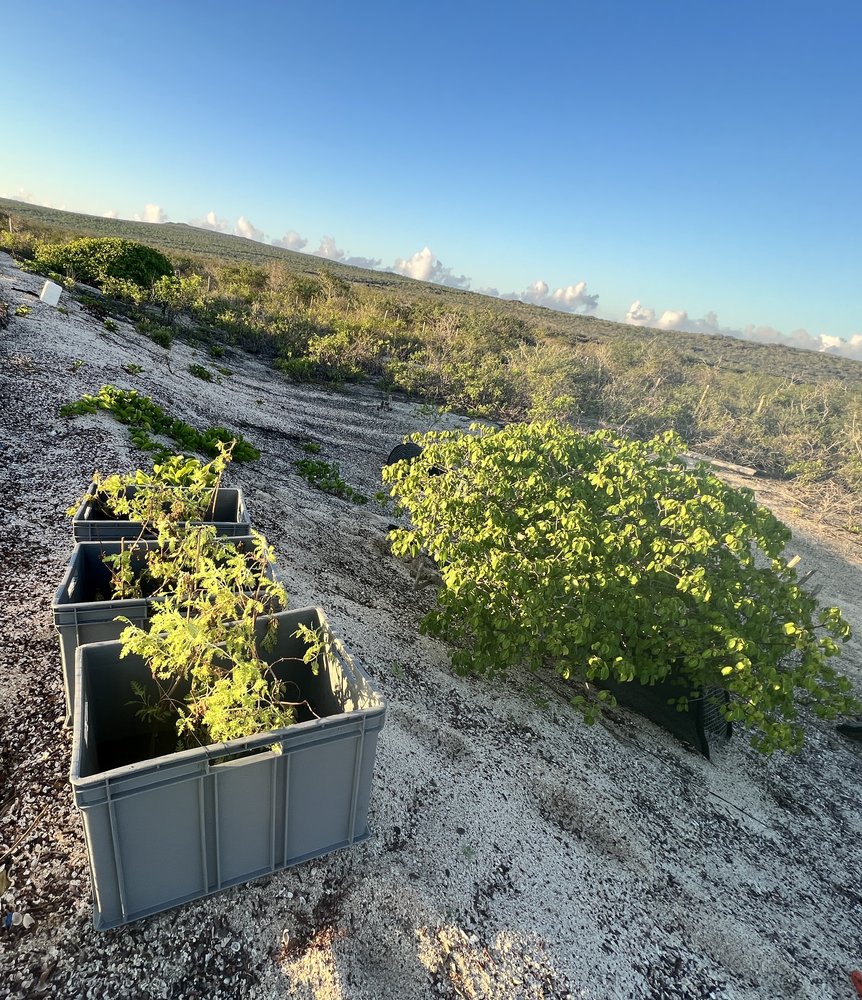
Despite these great accomplishments, our journey was far from over. In 2022, it became more critical to save the L. lecocarpoides population on Española. A study revealed that the population on the main island was a different subspecies from those on the islets (Tye & Jaramillo, 2022). This meant we were at risk of losing an entire subspecies, not just a single population. Additionally, access to the beach at Punta Manzanillo, previously restricted to scientists and park rangers, was now open to tourism, bringing new threats. To make matters worse, during our expeditions that year, we found only one adult plant alive. We knew we had to act fast! With a renewed sense of urgency, we intensified our efforts.
Recovering an endangered species requires a delicate balance between protecting the remaining individuals and taking action to increase their numbers. Too much emphasis on protection can lead to slow progress, while overly risky interventions can affect the few remaining individuals. So, we decided to do both! For protection, we installed a fence around the population and stored half of the harvested seeds in the herbarium of the CDRS. To help the population grow, we started a germination experiment in Punta Manzanillo with the other half of the harvested seeds.
Heading out to the field always feels like embarking on a new adventure—who knows what we will find? One day, we were surprised to see moth larvae using a L. lecocarpoides plant as food and shelter. Another day, we found many L. lecocarpoides seeds that had been eaten by something relatively big and strong, most likely by Darwin’s finches. These interactions are intriguing, but why are they important, you might wonder. They highlight the ecological role of L. lecocarpoides, showing us why it is important to conserve this species, and potentially explain some of the plant's adaptations, like its spiny fruits. Also, if L. lecocarpoides benefits from these interactions, they could hold the key for its recovery.

So, now we know that L. lecocarpoides might be important for both pollinators and Darwin’s finches. But what happened with our germination experiment? At first, no seeds germinated. Then, in March 2023, we saw the first seedling! We were very excited. However, the best news came in May 2024, when we found 31 seedlings, about half of them growing in or near our germination plots. This showed that we could successfully germinate seedlings both in the lab and in the field.
The seed-producing plants we returned to Española, along with the lone wild adult plant, have completed their life cycles, but not before leaving many seeds. From these seeds, new plants will grow, protected by our fencing and supported by scientific knowledge that will lead to new conservation actions. Together, these efforts represent a new beginning for this population. Reflecting on our accomplishments, I can say I have fulfilled my mission. We have given this species, once thought to be locally extinct, a chance to recover. Our work continues, fueled by hope and determination.
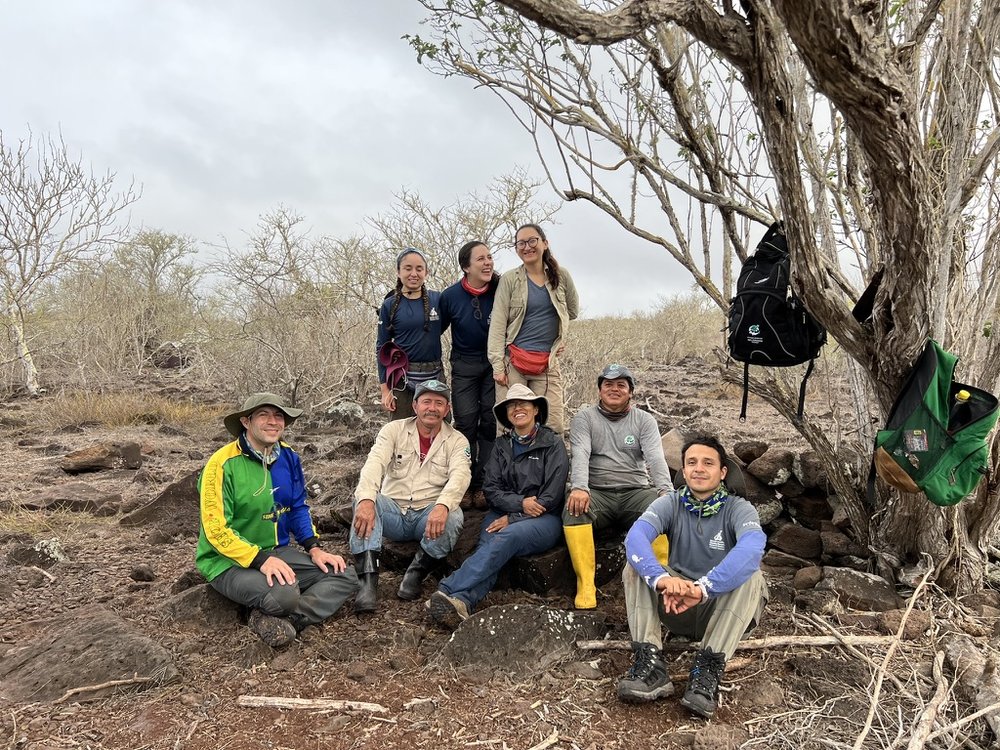
You can make a difference in protecting endangered plant species by supporting our work: https://www.darwinfoundation.org/en/get-involved/sponsor-a-species/adopt-a-galapagos-prickly-pear/
Learn more about our Conservation of Threatened Plant Species Project:
https://www.darwinfoundation.org/en/our-work/land/conservation-of-threatened-plant-species/
References:
Calle-Loor, A. and Jaramillo, P. (2024). Advancing Conservation Strategies for the Endangered Galapagos Plant Lecocarpus lecocarpoides: Insights from Ex situ Propagation. In prep.
Tye, A., & Jaramillo Díaz, P. (2022). Rediscovery of the Galapagos endemic Lecocarpus leptolobus (Asteraceae), its morphology, distribution and taxonomy relative to its congeners. Botanical Journal of the Linnean Society, 200(2), 270-284. https://doi.org/10.1093/botlinnean/boac026
Jaramillo, P. (2021, February 22). Lecocarpus species re-discovered on Española Island after decades of not being registered. Charles Darwin Foundation. Retrieved June 7, 2024, from https://www.darwinfoundation.org/en/news/blog/lecocarpus-species-re-discovered-on-espanola-island-after-decades-of-not-being-registered/





